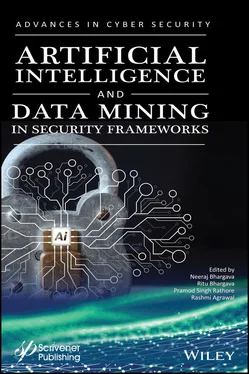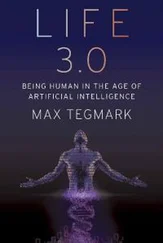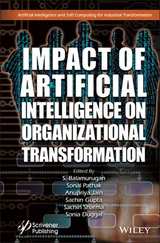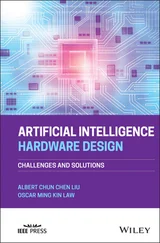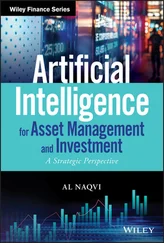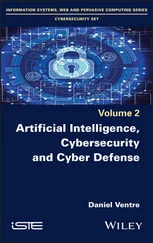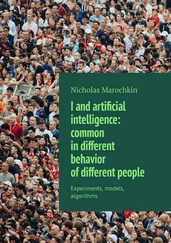In Chapter 8, we have provided detailed explanations of a novel approach for biometric recognition has been introduced in which the application of ILBP (Improved Local Binary Pattern) for facial feature detection is discussed which generates the improved features for the facial pattern. It allows only authenticated user to access a system which is better than previous algorithms. Previous research for face detection shows many demerits in terms of false acceptance and rejection rates. In this paper, the extraction of facial features is done from static and dynamic frames using the Haar cascade algorithm.
In Chapter 9, we have explained about a the developed system consists of a climbing robot, camera for image capturing, IoT modules for transmitting images to cloud, image processing platform, and artificial neural network module intended for decision making. Climbing robot holds the cable with the grooved wheels along with the auto trigger camera and the IoT module. For inspection, the robot ascends along the cables continuously and acquires images of various segments of the cable. Then the captured images have been send to the cloud storage through IoT system. The stored images have been retrieved and their sizes have been reduced through the image processing techniques.
In Chapter 10, we have a digital security threats results from the character of those omnipresent and at times over the top interchanges interconnections. Digital security isn’t one aspect, yet rather it’s a gaggle of profoundly various issues mentions various arrangements of threats. An Advance Cyber Security System utilizing emblematic rationale might be a framework that comprises of a standard safe and an instrument for getting to and running the standards. The vault is ordinarily built with a lot of related standard sets. Fuzzy improvement manages finding the estimations of information boundaries of a luxurious recreated framework which winds up in wanted yield.
In Chapter 11, the goal of current chapter is to analyze cyber threats and to demonstrate how artificial intelligence and data mining approaches can be effective to fix cyber-attack issues. The field of artificial intelligence has been increasingly playing a vital role in analyzing cyber threat and improving cyber security as well as safety. Mainly three aspects are discussed in this chapter. First the process of cyber-attack detection which will help to analyses and classify cyber incident, Second task is forecasting upcoming cyber-attack and to control the cyber terrorism. Finally the chapter focus on theoretical background and practical usability of artificial intelligence with data mining approaches for addressing above detection and prediction.
In Chapter 12, this chapter explores the modern intrusion detection with a distinctive determination perspective of data mining. This discussion focuses on major facets of intrusion detection strategy that is misuse detection. Below content focuses on, to identify attacks, information or data which is present on the network using C4.5 algorithm, which is type of decision tree technique and also it helps to enhance the IDS system to recognize types of attacks in network. For this attack detection, KDD-99 dataset is used, contains several features and different class of general and attack type data.
In Chapter 13, in this current research, firefly algorithm has been used for optimizing maize crop yield by considering the various constraints and risks. This research investigates the development of new firefly algorithm module for predicting the optimal climatic conditions and predicts the crop cultivation output. As the pre-processing, the maize crop cultivation data for 96 months have been collected and provided as response to Minitab software to formulate the relational equation. The collected data have been stored in the cloud using IoT and the cloud has to be updated periodically for obtaining the accurate results from the algorithm.
In Chapter 14, gestures are of two types as: static and dynamic sequences, this is where vision based techniques plays a vital role. The survey on the research study on the vision-based gesture recognition approaches have been briefed in this paper. Challenges in all perspective of recognition of gestures using images are detailed. A systematic review has been conducted over 100 papers and narrowed down into 60 papers on summarized. The foremost motive of this paper is to provide a strong foundation on vision based recognition and apply this for solutions in medical and engineering fields. Outlines gaps & current trends to motivate researchers to improve their contribution.
In Chapter 15, we will cover a examine of diverse thoughts, attempts, efficiency and different studies trends in junk mail filtering. The history observe explains the packages of device gaining knowledge of strategies to clear out the antispam emails of main e mail service carriers like gmail, yahoo, outlook and so on. We can talk the e-mail unsolicited mail filtering techniques and sundry efforts made via various researchers in fighting the unsolicited mail emails via using device mastering strategies. Here, we talk and make comparisons within the strengths & weaknesses of already present machine learning algorithms & techniques and different open studies troubles in spam filtering. We might suggest deep gaining knowledge & deep adversarial getting to know as these technologies are the destiny to be able to capable of efficaciously deal with spam emails threats.
Prof. Neeraj Bhargava Professor & HeadDepartment of Computer ScienceSchool of Engineering and System ScienceMDS University, Ajmer, Rajasthan, India
Dr. Ritu Bhargava Assistant ProfessorDepartment of Computer ScienceSophia Girl’s College Autonomous Ajmer, Rajasthan, India
Pramod Singh Rathore Assistant ProfessorAryabhatta College of Engineering and Research Center, Ajmer, Rajasthan, IndiaDepartment of Computer Science & EngineeringVisiting Faculty, MDS University, Ajmer, Rajasthan, India
Prof. Rashmi Agrawal ProfessorManavrachna International Institute of Research and Studies, Faridabad, India
1
Role of AI in Cyber Security
Navani Siroya1* and Prof Manju Mandot2
1 M.Tech Scholar, Computer Science, MDS University, Ajmer, India
2 Director, Department of Computer Science and IT JRN Rajasthan Vidyapeeth University, Udaipur, Rajasthan
Abstract
Borderless cyberspace as a part of “global commons” does not exist. Information breaches, ID theft, cracking the captcha, and other such stories proliferate, more so in times of the pandemic era, affecting people at a global level.
Today where AI advancements, for example, deep learning, can be incorporated into cyber security to develop shrewd models for executing malware classification, intrusion detection and threatens intelligence sensing. The flip side of the coin shows how AI models have to confront different digital dangers, which upsets their sampling, learning models, and decision-making. The ever-expanding danger of digital assaults, cybercrimes, and malware attacks has grown exponentially with the evolution of artificial intelligence. Conventional ways of cyber-attacks have now taken a turning point; consequently, the attackers resort to more intelligent ways.
This chapter discusses the cyber security needs that can be addressed by AI techniques. It talks about the traditional approach and how AI can be used to modify the multilayered security mechanism used in companies today. Here we propose a system that adds an additional layer of security in order to detect any unwanted intrusion. The chapter ends with deliberations on the future extent of artificial intelligence and cyber security.
Читать дальше
